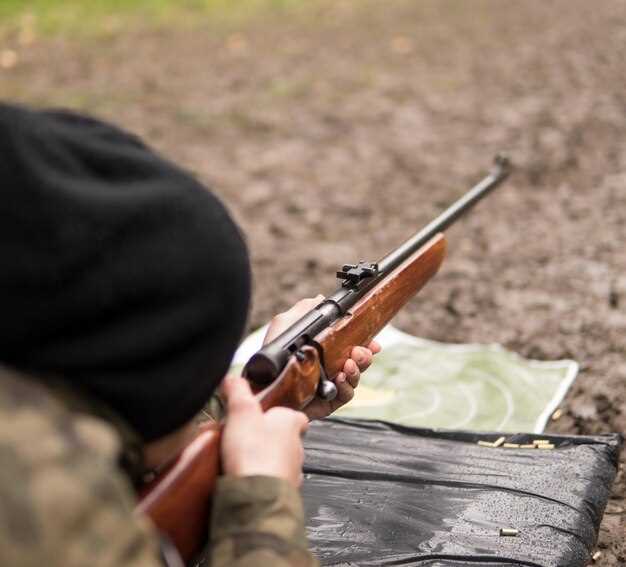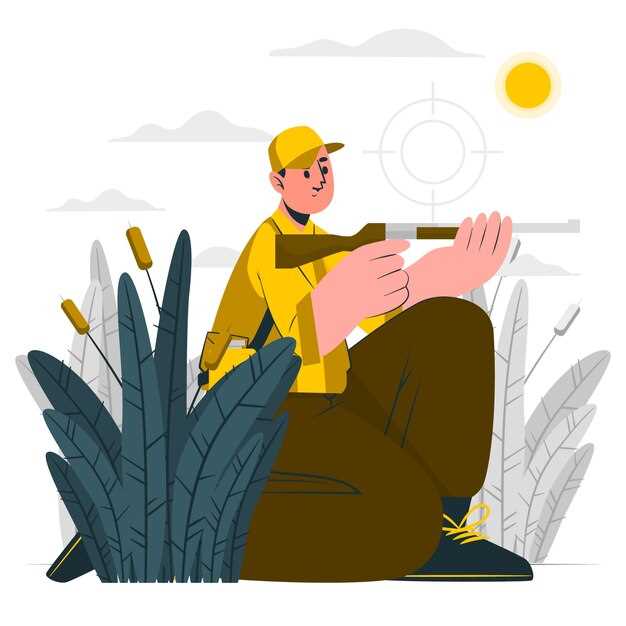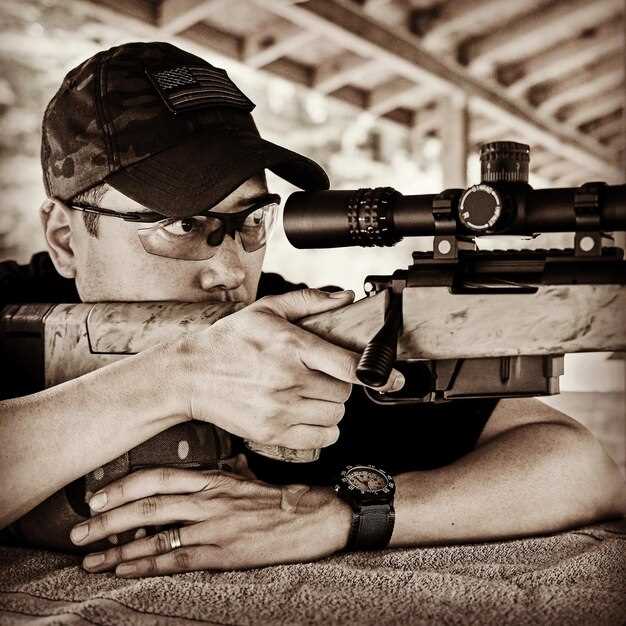
Achieving optimal accuracy with your rifle is essential for both new and experienced shooters. Proper sighting in can make the difference between a successful hunt and a missed opportunity. To ensure that your rifle performs at its best, it’s important to follow a systematic approach to adjust your sights. This article outlines the critical steps for effectively sighting in your rifle, allowing you to improve your shooting performance.
Before you begin the sighting process, it’s crucial to understand the fundamentals of your specific rifle and its sighting system. Different rifles may have varying methods for adjustment, but the core principles of achieving accuracy remain the same. By taking the time to properly set up and adjust your sights, you will be better prepared to hit your target consistently, regardless of the conditions.
Throughout this guide, we will cover essential tips and procedures that will help you not only sight in your rifle accurately but also enhance your overall shooting skills. Following these steps will equip you with the confidence to take your shooting to the next level, ensuring that each shot counts.
Choosing the Right Ammunition for Optimal Accuracy

To achieve optimal accuracy with your rifle, selecting the appropriate ammunition is crucial. Different loads can significantly affect the performance of your firearm, impacting factors such as bullet trajectory, velocity, and overall consistency.
Start by considering the specific type of shooting you will be doing. For instance, if you’re engaging in target shooting, you may want to choose match-grade ammunition designed for precision. These rounds typically have tighter tolerances and are manufactured to strict specifications, resulting in reduced variation and improved accuracy.
Next, evaluate the bullet weight and type. Heavier bullets can provide better stability in windy conditions and may deliver more energy upon impact. However, lighter bullets may offer flatter trajectories and less recoil, which can enhance your shooting experience. Balance these factors relative to your rifle’s caliber and your personal shooting style.
Moreover, pay attention to the ballistic coefficient of the ammunition. This factor determines how well a bullet will maintain velocity and resist wind drift over distance. Higher ballistic coefficients generally mean better performance at long ranges, making them ideal for precision shooting scenarios.
Lastly, always conduct thorough testing with various types of ammunition to determine which performs best in your specific rifle. Every firearm has preferences, and finding the right match can lead to significant improvements in accuracy. Keep detailed records of your results to help inform your future ammunition choices.
Adjusting Your Scope for Windage and Elevation
To achieve optimum accuracy when using a rifle, it is essential to adjust your scope for both windage and elevation. These adjustments allow you to compensate for environmental factors that could affect the bullet’s flight path.
Windage refers to the horizontal adjustment of your scope, while elevation pertains to the vertical adjustment. Making precise changes to these settings ensures that your shots land where you intend them to.
Tools Required
- Rifle with mounted scope
- Adjustable shooting rest or stable surface
- Target at preferred distance
- Wind gauge (optional)
Steps for Adjustment

- Set Up Your Shooting Position: Ensure your rifle is securely positioned on a stable shooting rest. This will minimize movement and enhance accuracy during adjustments.
- Initial Target Assessment: Choose a specific target at your desired shooting distance. Fire a few shots to gauge where your shots land relative to the target.
- Adjust for Windage:
- If your shots are hitting to the left of the target, turn the windage adjustment knob clockwise to move the point of impact to the right.
- If the shots are to the right, turn the knob counterclockwise to shift the point of impact to the left.
- Adjust for Elevation:
- If your shots are landing below the target, rotate the elevation knob clockwise to raise the point of impact.
- If they are landing above, turn the knob counterclockwise to lower the point of impact.
- Confirm Adjustments: Fire another group of shots to confirm that your adjustments have aligned the point of impact with your target.
- Repeat if Necessary: Continue making slight adjustments and re-testing your shots until you achieve the desired accuracy.
Properly adjusting your scope for windage and elevation is crucial for maintaining accuracy while shooting. Frequent practice in varying environmental conditions will further enhance your ability to make these adjustments effectively.
Performing Final Confirmation Shots at Varying Distances
After completing the initial sighting-in process of your rifle, the next essential step is performing final confirmation shots at varying distances. This procedure will help ensure your setup is accurate and functioning optimally across different ranges.
Begin by selecting a comfortable shooting position and a stable rest to minimize movement while firing. Using a reliable shooting bench or prone position will enhance stability and lead to more accurate shots. Ensure that your rifle is securely mounted, and that the scope is level and properly adjusted.
Start at a known distance, ideally 100 yards, where you can easily measure your accuracy. Fire a group of three to five shots, taking time between each shot to focus on your breathing and proper trigger mechanics. After completing this group, assess the shot placement to determine if your rifle is on target and if adjustments are necessary.
Once you confirm that your rifle is zeroed at 100 yards, progressively increase the distance to 200, 300, and even 400 yards, depending on your shooting capabilities. For each distance increment, repeat the grouping process. This not only verifies the accuracy of your zero but also helps you understand the ballistic performance of your ammunition at varying ranges.
When shooting at longer distances, remember to account for bullet drop and wind drift. Utilizing ballistic calculators or charts can aid in adjusting your aim accordingly. Keeping a consistent shooting technique is vital, as variations in body mechanics can significantly affect accuracy over distance.
Documenting your results after each set of shots is critical. Note the group sizes and any corrections made to the scope. This record will serve as a reference for future sessions and help identify any consistent issues or necessary adjustments in your shooting approach.
Final confirmation shots at varying distances not only contribute to honing your skills but also build confidence in your rifle’s performance. Regular practice at different ranges will improve your overall accuracy and preparedness for various shooting scenarios.


